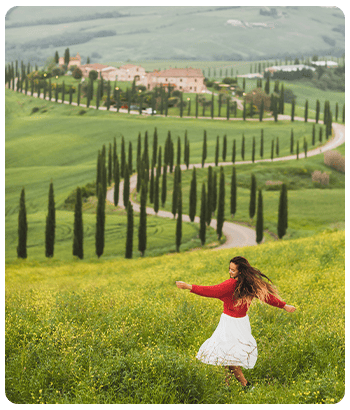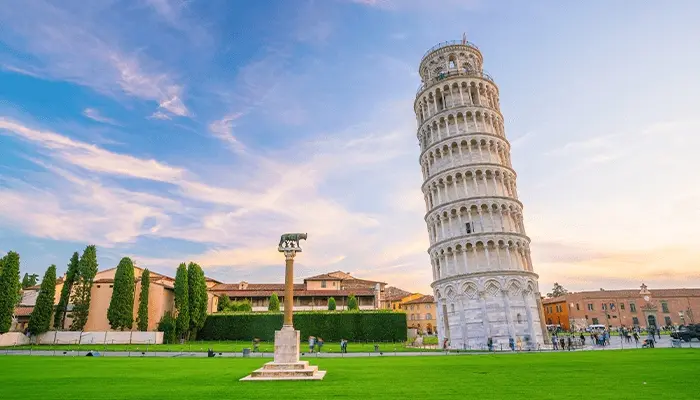

Italy, a living museum of art, architecture, and culture, seamlessly blends its ancient heritage with contemporary sophistication. From the rolling hills of Tuscany to the dramatic Amalfi Coast, every corner tells a story of civilization, creativity, and culinary excellence, making it an unparalleled destination for travelers seeking both historical depth and modern luxury.
Italy stands as a global tourism powerhouse, home to the most UNESCO World Heritage sites globally, drawing millions with its unique blend of art, architecture, and lifestyle.
Ancient Roman ruins, Renaissance masterpieces, and medieval towns create an open-air museum across the country, offering immersive historical experiences at every turn.
Italian cuisine, from handmade pasta to artisanal gelato, represents a culinary journey through regional specialties, traditional cooking methods, and world-renowned wine culture.
From Milan's haute couture to Florence's leather markets, Italy offers premium fashion, artisanal crafts, and luxury brands in historic shopping districts.
Opera houses, summer festivals, outdoor concerts in ancient amphitheaters, and vibrant nightlife scenes blend cultural heritage with modern entertainment.
Thermal baths, Mediterranean spa retreats, and countryside wellness centers offer traditional and modern therapeutic experiences.
From skiing in the Alps to sailing the Mediterranean, hiking ancient trails to cycling through wine country, Italy provides diverse outdoor adventures.
Efficient high-speed trains, extensive road networks, and multiple international airports connect major cities and remote villages with ease.

Where ancient ruins whisper tales of empires past, Where Renaissance art and architecture paint every skyline, Where la dolce vita flows through cobblestone streets and coastal dreams
Things to Do
Mix must-see landmarks with local experiences – attend cooking classes, visit family-owned vineyards, and explore hidden neighborhood trattorias.
Book major museums and attractions in advance, especially during peak season, and consider purchasing city passes for better value.
Comfortable walking shoes, modest clothing for church visits, and adapters for electronic devices are crucial for Italian travel.
Learn basic Italian phrases, respect siesta hours in smaller towns, and always validate train tickets before boarding.
Euros are used throughout Italy, with cards widely accepted in cities but cash preferred in smaller towns and markets.
Utilize efficient train services between cities, but be prepared for limited Sunday services and summer schedule changes.
Observe local customs, dress modestly in religious sites, and embrace the slower-paced Italian lifestyle.
Respect traditional dining hours, never rush meals, and remember that cappuccino is strictly a morning drink.
Keep valuables secure in tourist areas, stay hydrated during summer months, and carry travel insurance documentation.
English is widely spoken in tourist areas, but learning basic Italian phrases enhances the experience.
Prices vary significantly by season and location, with mid-range hotels averaging €100-200 per night in major cities.
Mix scheduled tours with spontaneous exploration, allowing time for unexpected discoveries.
Most shops close for lunch and on Sundays, with best deals during seasonal sales periods.
Consider staying in agriturismo for authentic rural experiences and exploring lesser-known towns between major cities.



